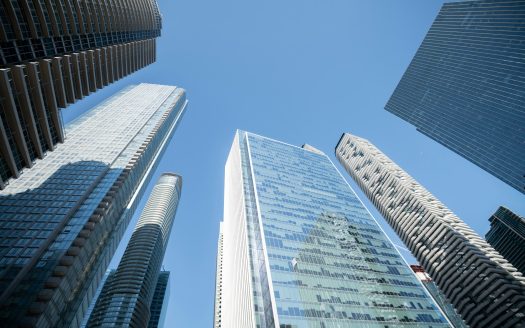The Evolution of Toronto’s Skyline: A Deep Dive into Mixed-Use Developments and Their Impact on Urban Living

Toronto, a vibrant metropolis known for its diverse culture and dynamic economy, is undergoing a transformation. The city’s skyline, a striking testament to its growth, reflects a significant shift towards mixed-use developments. These projects, which blend residential, commercial, and recreational facilities into single complexes, are not just changing the architectural landscape but are also redefining urban living.
Historically, Toronto’s development followed a more traditional path, with distinct zones for residential, commercial, and industrial purposes. This separation often resulted in long commutes and less interaction between the different facets of city life. However, the last two decades have witnessed a paradigm shift. The city has embraced the concept of mixed-use developments, a move that mirrors global trends aiming to create more integrated urban environments.
One of the most compelling aspects of mixed-use developments is their contribution to the creation of vibrant, walkable communities. By combining housing with shops, offices, parks, and cultural spaces, these projects encourage a more active street life. Residents can enjoy the convenience of living close to their workplaces, alongside easy access to leisure and entertainment options. This proximity fosters a sense of community and belonging, aspects of urban living that were previously challenging to cultivate in the sprawling metropolis.
Moreover, mixed-use developments are at the forefront of sustainable urban planning. They are designed with the environment in mind, often incorporating green spaces, energy-efficient buildings, and facilities that encourage the use of public transport or bicycles. This holistic approach to development not only benefits the environment but also enhances the quality of life for city dwellers.
Toronto’s Canary District is a prime example of mixed-use development done right. Initially developed to house athletes for the 2015 Pan American Games, the area has transitioned into a thriving residential and commercial hub. The neighborhood features a blend of apartments, retail spaces, a YMCA, and a college, all situated within walking distance from one another. The Canary District demonstrates how mixed-use developments can spur economic growth while creating cohesive, sustainable communities.
However, the shift towards mixed-use developments is not without its challenges. Zoning laws, designed for a bygone era, often need to be updated to accommodate these complex projects. Moreover, the initial cost of these developments can be high, posing financial risks for developers. Despite these hurdles, the potential benefits in terms of economic vitality, environmental sustainability, and social cohesion are undeniable.
As Toronto’s skyline continues to evolve, it’s clear that mixed-use developments are playing a pivotal role in shaping the future of urban living. These projects are not just buildings; they are the building blocks of a more integrated, sustainable, and vibrant city. Through careful planning and community engagement, Toronto can continue to lead the way in reimagining urban spaces for the 21st century and beyond.
In conclusion, the evolution of Toronto’s skyline through mixed-use developments offers a glimpse into the future of urban living. By breaking down the barriers between different aspects of city life, Toronto is paving the way for a more integrated, sustainable, and vibrant urban experience. As the city continues to grow and change, it remains a beacon of innovative urban planning and a testament to the potential of mixed-use developments to transform our cities for the better.





